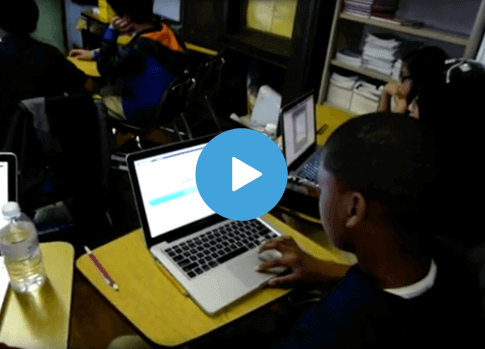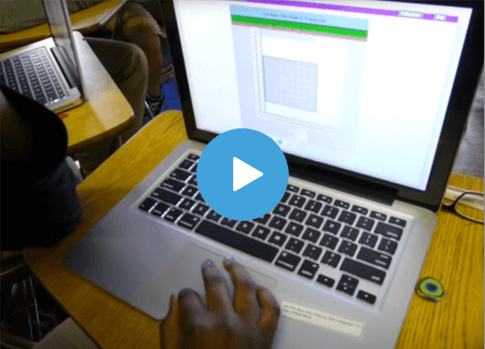Adaptive Learning and Learning Technology
Our research in adaptive learning aims to utilize theories and findings in learning, cognition, and perception to derive scientifically grounded ways of improving learning by guiding learning events based on performance of each individual learner. Principles and frameworks of adaptive learning in our work are applicable to almost all kinds of learning — such as factual, procedural, and perceptual learning. Our work is the first to apply adaptive learning techniques in perceptual learning, and this combination has many exciting and powerful applications. We see this work as helping to advance scientific understanding in basic areas, such as the spacing effect and perceptual learning, while yielding consistent benefits for applications to real-world learning situations and learning technology.
Our focus in adaptive learning has been on the arrangement of learning events within, and to a limited extent between, learning sessions. The goals are to optimize the efficiency and effectiveness of learning. Our research has derived novel insights into the spacing effect and how it can be optimized (Mettler, Massey & Kellman, 2016, JEP: General).
Our research has produced ARTS, Adaptive Response-time based Scheduling, an algorithm that dynamically determines the size of optimal spacing intervals during a learning session by assessing learning strength. The use of response speed, in conjunction with accuracy, to assess learning strength is an important advance in adaptive learning systems. More important, however, may be the underlying idea that makes assessment of learning strength so useful. According to our successful effort hypothesis, the optimal time for another learning trial is the longest interval at which successful responding can still occur. This idea builds on the retrieval effort hypothesis (Pyc & Rawson, 2009, J. Memory and Language) but appears to apply to other types of learning, such as perceptual learning, that are not primarily based on retrieval of information. The idea also has connections to the work on desirable difficulties by Bob and Elizabeth Bjork.
Among other important research findings, our research in adaptive learning has demonstrated that:
- Optimal spacing schedules require adaptive methods. Fixed (predetermined) schedules of the spacing of learning events underperform adaptive schedules of spacing delays generated by ARTS. When spacing for items, overall distributions of spacing intervals, and everything else other than adaptive dependence of scheduling is matched for adaptive and nonadaptive groups, learning is better with adaptive scheduling (Mettler, Massey & Kellman, 2016).
- Adaptive scheduling can determine spacing intervals in real time during learning, without extensive a priori modeling of individual learning domains or learner groups, and outperforms other adaptive learning models which require such effort (Mettler, Massey & Kellman, 2011).
- Passive and active learning trials benefit learning when they are combined synergistically (Mettler, Massey, Burke, Garrigan, & Kellman, 2018, 2019).
- Surprisingly, the same adaptive learning techniques that predict optimal spacing in memory for factual learning items (e.g. foreign language vocabulary) also produce learning advantages in perceptual learning for multiple categories (e.g. classification of natural kinds, classification of medical imagery, mathematical structures, etc.) Our findings that the same adaptive methods tend to optimize learning across types of learning tends to support the successful effort hypothesis.
Adaptive Perceptual Learning
Adaptive Perceptual Learning methods combine techniques of adaptive learning of factual items with techniques for improving perceptual learning of categories (Kellman, Massey & Son, 2010; Kellman & Krasne, 2018; Mettler & Kellman, 2014). Perceptual learning methods lead learners to extract invariant structure from variable instances and transfer their knowledge to the classification of novel instances and structures. This work addresses dimensions of learning that are crucial to expertise in any domain but are poorly addressed by both conventional instructional methods and by existing learning technology.
Our research in adaptive perceptual learning has demonstrated that:
- Learners benefit from short interactive trials that implement a number of important laws of learning (Kellman, Massey & Son, 2010; Kellman & Krasne, 2018; Mettler & Kellman 2014)
- ARTS enhances perceptual learning in a variety of important domains including early mathematics learning as well as medical training (Kellman & Krasne, 2018; Thai, Krasne & Kellman, 2015; Rimoin, Altieri, Craft, Krasne & Kellman, 2015, Bufford, Mettler, Geller & Kellman, 2014)
- As in factual learning, learning is improved by including a combination of passive and active trials during learning (Thai, Krasne & Kellman, 2015; Mettler, Philips, Massey, Burke, Garrigan & Kellman, 2019)
Examples of Learning Modules
-
 From the Start to End PLM
From the Start to End PLM
-
 From the Histopathology PLM
From the Histopathology PLM
-
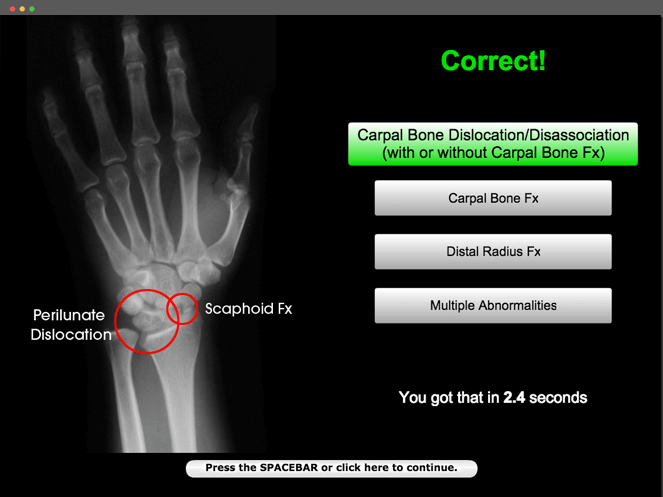 From the Wrist X-Ray PLM
From the Wrist X-Ray PLM
Researchers
-
 Philip J. Kellman
Philip J. Kellman
-
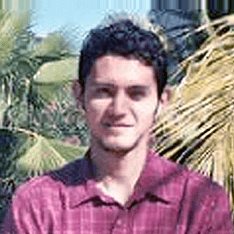 Everett Mettler
Everett Mettler
-
 Carolyn Bufford
Carolyn Bufford
-
 Tim Burke
Tim Burke
Collaborators
-
 Christine Massey (UCLA)
Christine Massey (UCLA)
-
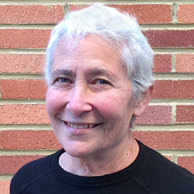 Sally Krasne (UCLA)
Sally Krasne (UCLA)
-
 Erik Dutson (UCLA)
Erik Dutson (UCLA)
-
 Cheryl Hein (UCLA)
Cheryl Hein (UCLA)
Selected Publications
- Kellman, P. J., Jacoby, V., Massey, C. M. & Krasne, S. (in press). Perceptual learning, adaptive learning, and gamification: Educational technologies for pattern recognition, problem solving and knowledge retention in medical learning. To appear in M. Lee & H. Witchel (Eds.), Technologies in Biomedical and Life Science Education: Approaches and Efficacy for Learning. American Physiological Society Methods in Physiology Series. New York: Springer.
- Kellman, P. J., Massey, C. M., Krasne, S. & Mettler, E. (2023). Connecting adaptive perceptual learning and signal detection theory in skin cancer screening. In M. Goldwater, F. K. Anggoro, B. K. Hayes, & D. C. Ong (Eds.), Proceedings of the 45th Annual Conference of the Cognitive Science Society, 3251-3258.
- Kellman, P.J., Jacoby, V., Massey, C., Krasne, S. (2022) Perceptual Learning, Adaptive Learning, and Gamification: Educational Technologies for Pattern Recognition, Problem Solving, and Knowledge Retention in Medical Learning. In: Witchel, H.J., Lee, M.W. (eds) Technologies in Biomedical and Life Sciences Education. Methods in Physiology. (pp. 135-166). Springer, Cham. https://doi.org/10.1007/978-3-030-95633-2_5
- Mettler, E., Massey, C., Burke, T., & Kellman, P. J. (2020). Comparing adaptive and random spacing schedules during learning to mastery criteria. Proceedings of the 42nd Annual Conference of the Cognitive Science Society (pp. 773-779). Toronto, ON: Cognitive Science Society.
- Mettler, E., El-Ashmawy, A. K., Massey, C. M., & Kellman, P. J. (2020). Adaptive vs. fixed spacing of learning items: Evidence from studies of learning and transfer in chemistry education. Proceedings of the 42nd Annual Conference of the Cognitive Science Society (pp. 1598-1604). Toronto, ON: Cognitive Science Society.
- Mettler, E., Phillips, A., Massey, C., Burke, T., Garrigan, P., & Kellman, P. J. (2019). The synergy of passive and active learning modes in adaptive perceptual learning. In A.K. Goel, C.M. Seifert, & C. Freksa (Eds.), Proceedings of the 41st Annual Conference of the Cognitive Science Society (pp. 2351-2357). Montreal, QB: Cognitive Science Society.
- Kellman, P. J., & Krasne, S. (2018). Accelerating expertise: Perceptual and adaptive learning technology in medical learning. Medical Teacher, 40(8), 797-802. doi: 10.1080/0142159X.2018.1484897
- Mettler, E., Massey, C. M., Burke, T., Garrigan, P., & Kellman, P. J. (2018). Enhancing adaptive learning through strategic scheduling of passive and active learning modes. In T.T. Rogers, M. Rau, X. Zhu, & C. W. Kalish (Eds.), Proceedings of the 40th Annual Conference of the Cognitive Science Society (pp. 768-773). Austin, TX: Cognitive Science Society.
- Lerner, N., Gill, M., Scott-Parker, B. & Kellman, P.J. (2017). Accelerating driver expertise through perceptual and adaptive learning. Report to the AAA Foundation for Traffic Safety, Westat Corp.
- Massey, C.M., Kregor, J.D. & Kellman, P.J. (2016). Implementing mathematics learning software successfully in urban schools: Lessons for research and practice. American Educational Research Association (AERA) Online Paper Repository.
- Mettler, E., Massey, C. M., & Kellman, P. J. (2016). A comparison of adaptive and fixed schedules of practice. Journal of Experimental Psychology: General, 145(7), 897-917.
- Kellman, P. J., Massey, C. M., & Mettler, E. (2016). Spacing and adaptive learning: Common principles across item learning and perceptual learning. Abstracts of the Psychonomic Society, 21, 70.
- Mettler, E., & Kellman, P. J. (2014). Adaptive response-time-based category sequencing in perceptual learning. Vision Research, 99, 111-123.
- Mettler, E., Massey, C., & Kellman, P. J. (2011) Improving adaptive learning technology through the use of response times. In L. Carlson, C. Holscher, & T. Shipley (Eds.), Proceedings of the 33rd Annual Conference of the Cognitive Science Society (pp. 2532-2537). Boston, MA: Cognitive Science Society.
